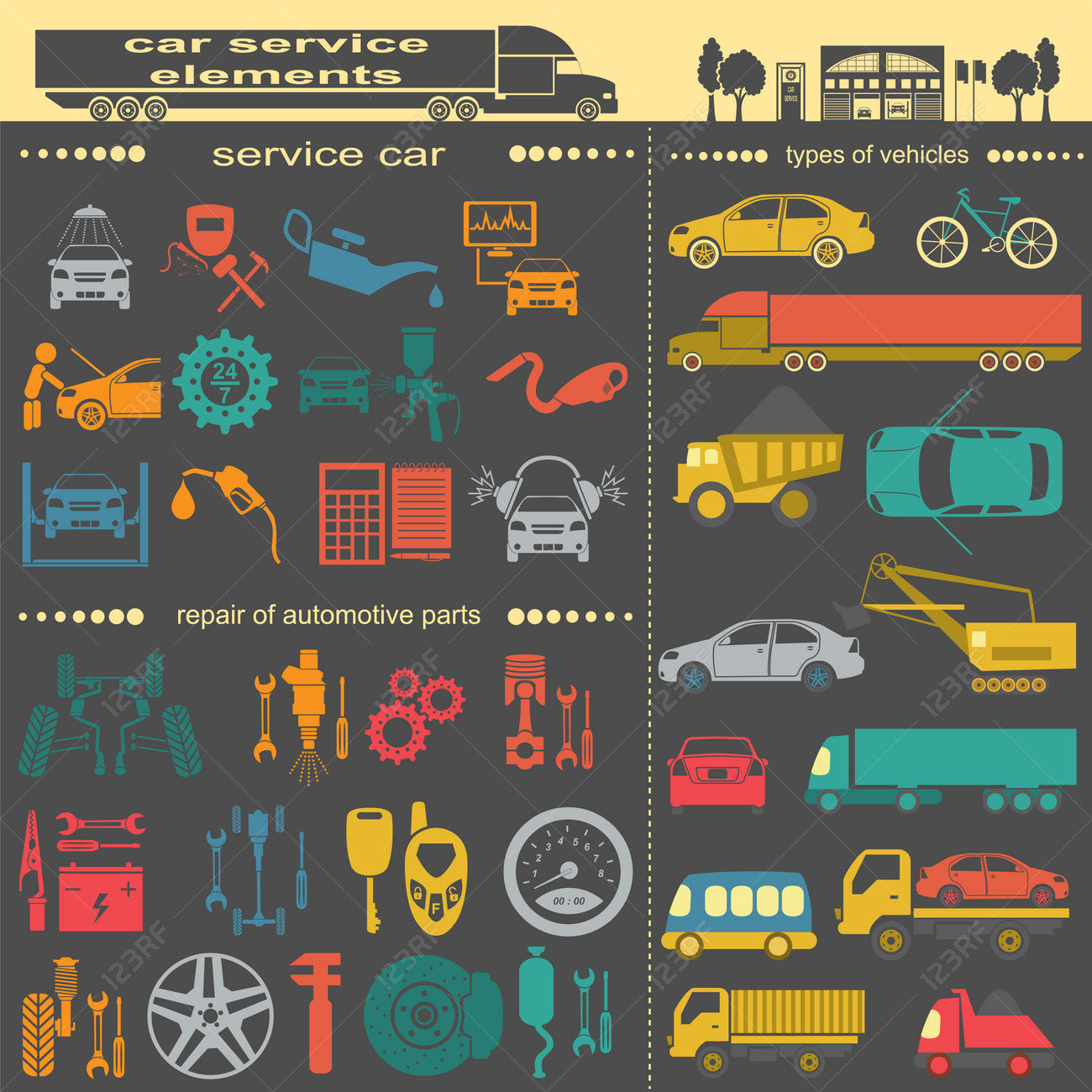Analyzing Your Cars And Truck'S Caution Indicators: What They Really Share
Analyzing Your Cars And Truck'S Caution Indicators: What They Really Share
Blog Article
Article Created By-Higgins Alvarado
When you're behind the wheel, those beautiful caution lights on your control panel can be a bit complicated. Do you understand what they're trying to tell you about your auto's wellness? Recognizing the relevance of these lights is essential for your security and the durability of your car. So, the next time among those lights appears, would not you intend to decode its message properly and take the necessary actions to resolve it?
Common Caution Lighting and Interpretations
Recognize common warning lights in your vehicle and recognize their definitions to guarantee secure driving.
One of the most regular caution lights consist of the check engine light, which indicates problems with the engine or exhausts system. If this light comes on, it's critical to have your vehicle examined without delay.
The oil stress warning light shows reduced oil pressure, requiring immediate focus to prevent engine damages.
https://www.wfla.com/automotive/spend-less-at-the-pump-with-these-fuel-saving-tips/ blinking battery light might suggest a malfunctioning billing system, potentially leaving you stranded if not resolved.
The tire pressure tracking system (TPMS) light signals you to reduced tire pressure, influencing automobile security and fuel efficiency. Overlooking this might bring about dangerous driving conditions.
The abdominal light suggests a problem with the anti-lock stopping system, endangering your capability to quit swiftly in emergencies.
Finally, the coolant temperature advising light warns of engine getting too hot, which can cause serious damage if not resolved quickly.
Recognizing these usual warning lights will certainly help you deal with issues immediately and keep risk-free driving conditions.
Relevance of Prompt Interest
Understanding the typical caution lights in your auto is only the primary step; the importance of quickly dealing with these cautions can not be emphasized sufficient to guarantee your safety and security when driving.
When professional car detailing services brightens on your control panel, it's your cars and truck's method of interacting a possible issue that needs focus. Overlooking car coating can lead to extra severe problems in the future, endangering your safety and security and possibly costing you much more in repairs.
Trigger attention to cautioning lights can avoid failures and crashes. For example, a blinking check engine light might show a misfire that, if left ignored, could cause damages to the catalytic converter. Addressing this without delay can conserve you from a pricey repair service.
Likewise, a brake system warning light may indicate reduced brake fluid or used brake pads, important parts for your safety when driving.
Do It Yourself Troubleshooting Tips
If you see a warning light on your control panel, there are a couple of DIY fixing tips you can try prior to looking for expert help.
The initial step is to consult your car's manual to comprehend what the particular warning light indicates. Often the issue can be as easy as a loose gas cap triggering the check engine light. Tightening the gas cap might resolve the trouble.
Another common problem is a low battery, which can trigger different warning lights. Inspecting the battery connections for rust and guaranteeing they're protected could repair the trouble.
If a caution light continues, you can attempt resetting it by disconnecting the auto's battery for a few minutes and then reconnecting it. Additionally, inspecting your automobile's fluid degrees, such as oil, coolant, and brake fluid, can assist fix warning lights connected to these systems.
Conclusion
In conclusion, comprehending your cars and truck's warning lights is crucial for keeping your lorry running smoothly and securely. By without delay addressing these notifies and recognizing what they imply, you can prevent expensive repair services and prospective failures.
Keep in mind to consult your auto's manual for certain details on each warning light and do something about it accordingly to make sure a trouble-free driving experience.
Keep informed, remain safe when traveling!
